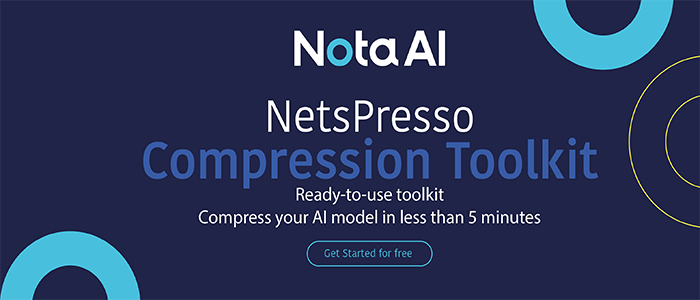In The Latest Research From The University Of Toronto, Machine learning-Based Approach Speeds Up The Counting Of Microplastics
This Article Is Based On The Research Paper 'Automatic quantification and classification of microplastics in scanning electron micrographs via deep learning'. All Credit For This Research Goes To The Researchers Of This Paper 👏👏👏 Please Don't Forget To Join Our ML Subreddit
Researchers at the University of Toronto’s Faculty of Applied Science and Engineering have developed new techniques for counting and categorizing microplastics that employ machine learning to make the procedure quicker, faster, and cheaper.
Microplastics may be found in drinking water, food, and the air we breathe. However, before researchers can fully comprehend the true impact of these particles on human health, they must develop faster and more effective methods for quantifying what is present.
Analyzing a water sample for microplastics takes a long time. A specimen the size of a mason jar can take up to 40 hours to thoroughly examine. It’s even more challenging when comparing samples from various water bodies or over time. Last month, the United Nations Environment Programme backed a landmark resolution to combat plastic waste, a “catastrophe” that threatens human health, marine, coastal animals, and global ecosystems.

The biodegradation of microplastics might take hundreds to thousands of years. But visible plastic waste isn’t the only problem: plastic degrades into smaller and smaller bits over time. Microplastics are defined as bits that are smaller than five millimeters in length but larger than 0.1 micrometers in diameter.
Microplastics researchers are still attempting to determine how these tiny plastic fragments might influence human and environmental health distinct from the bulk substance. A prediction model leverages a trained algorithm to estimate microplastic counts from aggregate mass data. The technique has proven error-tracking qualities with similar findings to human counting. However, it is less expensive and quicker, allowing the study of several samples from multiple places to estimate microplastic contamination.
The study has the benefit of allowing researchers to manually handle only a percentage of their collected samples while utilizing an algorithm to forecast the quantity of the rest without introducing additional errors or variations. Researchers may use this knowledge to investigate the consequences of microplastic pollution on living species. Also, where the contamination originates so that it can be addressed at the source.
Traditional visible light microscopy quantification methods need tweezers to count samples under an optical microscope — a time-consuming process prone to human error. Deep learning models were used to independently measure and categorize microplastics in a study published in Science of The Total Environment.
Pictures of microplastics were segmented and classified in their forms using scanning electron microscopes. Compared to visual screening methods, this technology gave a more comprehensive depth of field and better surface texture, allowing for detecting microscopic and transparent plastic particles. Deep learning helped speed up the quantification of microplastics. Because other components that may cause erroneous identifications, such as minerals, substrate, organic matter, and creatures, were eliminated.
Microplastic samples were collected and tested in various forms and chemical compositions, including beads, films, fibers, foams, and fragments, from face wash, plastic bottles, foam cups, washing and drying machines, and medical masks. The scanning electron microscope was then used to generate a library of hundreds of photos from photographs of the individual samples.
This is the first labeled open-source dataset for microplastics picture segmentation, allowing researchers from all over the globe to profit from this novel technology. This approach is said to have the potential to get down to the scale of nanoplastics. The contamination can be evaluated more efficiently if the library of photos includes more microplastic samples from diverse habitats with varying sizes and morphologies.
To dig deep, refer to this paper.
Paper: https://www.sciencedirect.com/science/article/pii/S0048969722009950?via%3Dihub
Source: https://www.utoronto.ca/news/u-t-researchers-use-machine-learning-speed-counting-microplastics
✍ Submit AI Related News/Story/PR Here
Credit: Source link


Comments are closed.